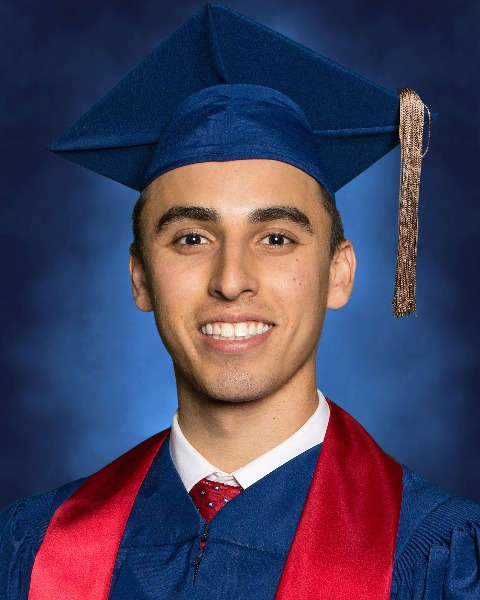Obesity/Nutrition
(3.07) Assessing Preclinical Medical Students’ Perceptions of the Etiology of Obesity

Jeffery Bolte
Medical Student/Research Assistant - Diabetes Division
University of Texas Health Science Center San Antonio Long School of Medicine
San Antonio, Texas, United States
Submitter(s)
Three models of the etiology of obesity, each common in pop culture, are often pitted against each other by devout proponents. These models are the Energy Balance Model (Calories-In-Calories-Out Model) (EBM), Carbohydrate-Insulin Model (CI), and Chronic Inflammation Model.1-3 Belief in these models may drive individual counseling strategies in the clinical setting.4-6 No prior studies have assessed medical students’ beliefs on the etiology of obesity. We sought to assess preclinical medical students’ perceptions.
Methods:
First (MS1) and second year (MS2) medical students at three institutions were asked (1) ‘What is the primary cause of obesity?’ and (2) ‘What is your most commonly used source for extracurricular medical information about obesity?’. Answer choices to the first question included one-sentence summaries of the models of obesity and the most common sources of information (Journal Club, social media, PubMed/Journal, or Word of Mouth) for the second.
Results:
Three hundred forty preclinical students at University of Texas Health San Antonio (n=303), University of Pennsylvania (n=36), and University of Texas Southwestern (n=1) responded. MS1s selected the models in the following proportions: CI–43%; EBM–49%; Inflammation–8%. MS2s in the following proportions: CI–33.6%; EBM–60%; Inflammation–6.4%. The models were divided into two groups, EBM and non-EBM, yielding odds ratio of selecting EBM as an MS2 of 1.57 (95% CI 1.02 – 2.44). Social media was the most common source (42%).
Discussion/Conclusion:
As students progress from their first to second year of medical school, they are more likely to agree with EBM, though students most frequently identify social media as their information source. We hypothesize that this is due to increased likelihood of exposure to the leading scientific theory, EBM. This study was limited by a low response outside of the primary survey site. Future multi-site research is warranted to explore students’ beliefs as they progress through their medical education.
